The Return to Pandora
A picture of the Avatar: The Way of Water poster.
February 17, 2023
Immersed in bioluminescent forests and tropical aqua shores, director James Cameron has once again transported audiences to the lush planet of Pandora with his sequel “Avatar 2: The Way of Water.”
Long after the first film’s release in 2009, “Avatar 2: The Way of Water” was launched on Dec. 16, 2022. With soaring success, it has grossed a total of $2.2 billion worldwide, securing itself as fourth amongst the world’s highest-earning films.
I can firmly say that James Cameron more than succeeded in maintaining the rich worldbuilding of Pandora. As a long-time supporter of the first film, I was initially drawn by the religion of the Na’vi and the various creatures amongst Pandora.
In this stellar sequel, viewers are reunited with the film’s main protagonist, Jake Sully, an ex-marine who journeys from Earth to Pandora to partake in the Avatar Program, a project in which humans link to hybrids of the planet’s indigenous species. Throughout the entirety of the first film, audiences witness Jake embrace the rich customs of the Omaticaya clan and explore a budding romance with Neytiri, the daughter of the clan’s chief.
Not sparing a moment from its predecessor, Cameron sets the opening scenes of the sequel directly after the events of the first film. Through several flashback sequences, viewers are introduced to Jake and Neytiri’s close-knit family of five children. More than a decade after the Na’vi war, the flashbacks cease and the narrative embarks with humanity’s return to Pandora.
Forced to flee the jungles of Pandora, the Sully family seeks refuge amongst the Metkayina clan, an oceanic tribe that is located and connected to the reefs of Pandora.
The sequel only amplified my love for Cameron’s worldbuilding as I got to see new marine-like creatures and the ways in which the Metkayina clan connects to their region. I truly admire the spiritual relationship the Na’vi harbor towards nature and how it emphasizes our need to protect Earth.
PEACE’S AP Literature and Composition teacher, Mr. Trinidad, shared that he too appreciated the environmental symbolism behind the sequel.

“I loved the whole idea of protecting the environment and going against science that is detrimental to it,” he stated. “It was good to see that audiences are open to this kind of storytelling.”
Along with the worldbuilding and themes, I was entirely entranced by the film’s visuals. The revolutionary technology behind it made every water scene feel immersive. The beauty of Pandora flourished at every given moment.
“James Cameron has really changed things up,” stated Trinidad. “He’s allowed the industry to spend that much money on technology. I think he’s really pushing the boundaries with technology in movies.”
While there is much to admire about the second film, I must point out the flaw I found. The plot of “Avatar 2: The Way of Water” is very much a “copy-paste” of the first film. It follows almost the exact series of events that we have witnessed before. Personally, I believe that Cameron played it safe with the sequel’s storyline. He knew what worked for the first film and replicated it without exploring any new risks. The world-building of the Metkayina clan did help to balance out the lack of change in the series plot.
Following the release of the sequel, James Cameron shortly announced the news of a third, fourth, and fifth film within the Avatar series. Time will truly tell how the release of these films will maintain the current success Cameron has generated.



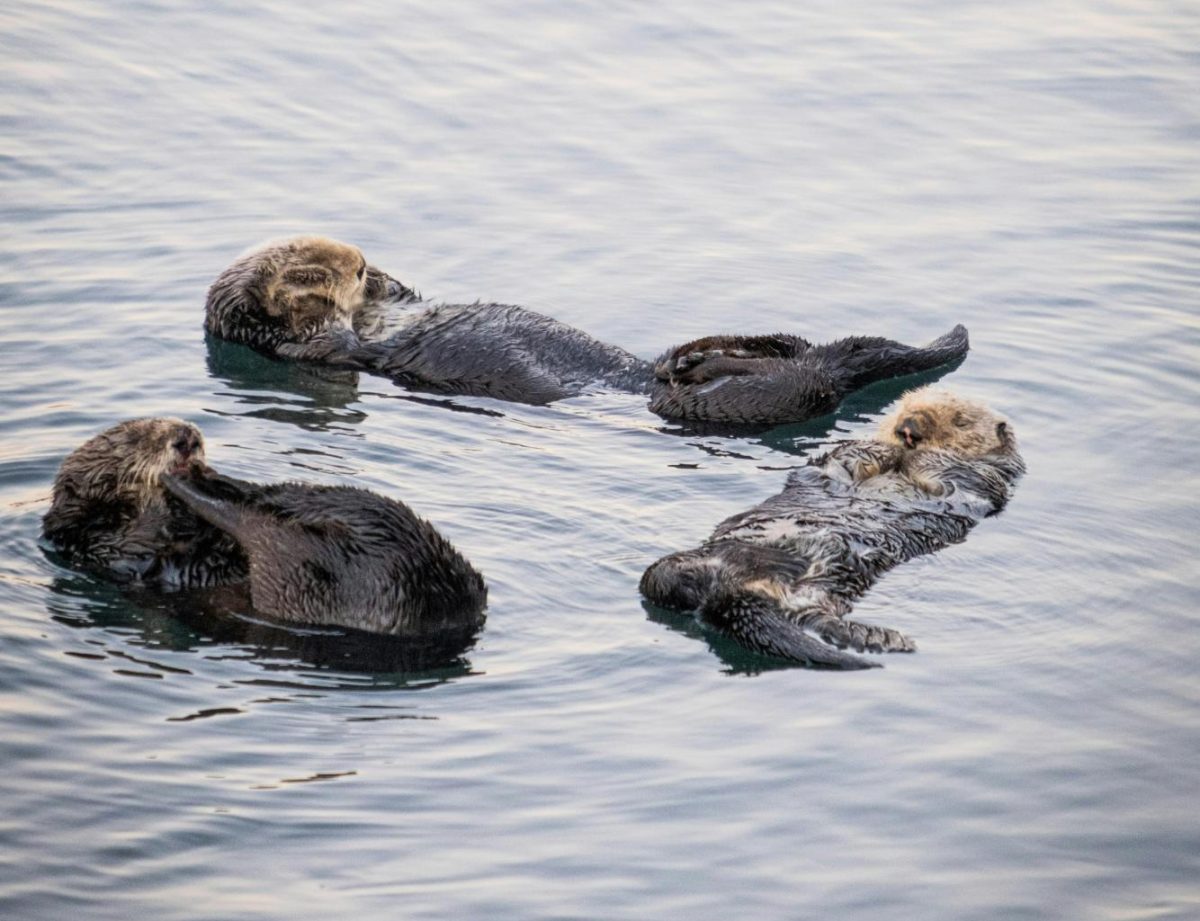



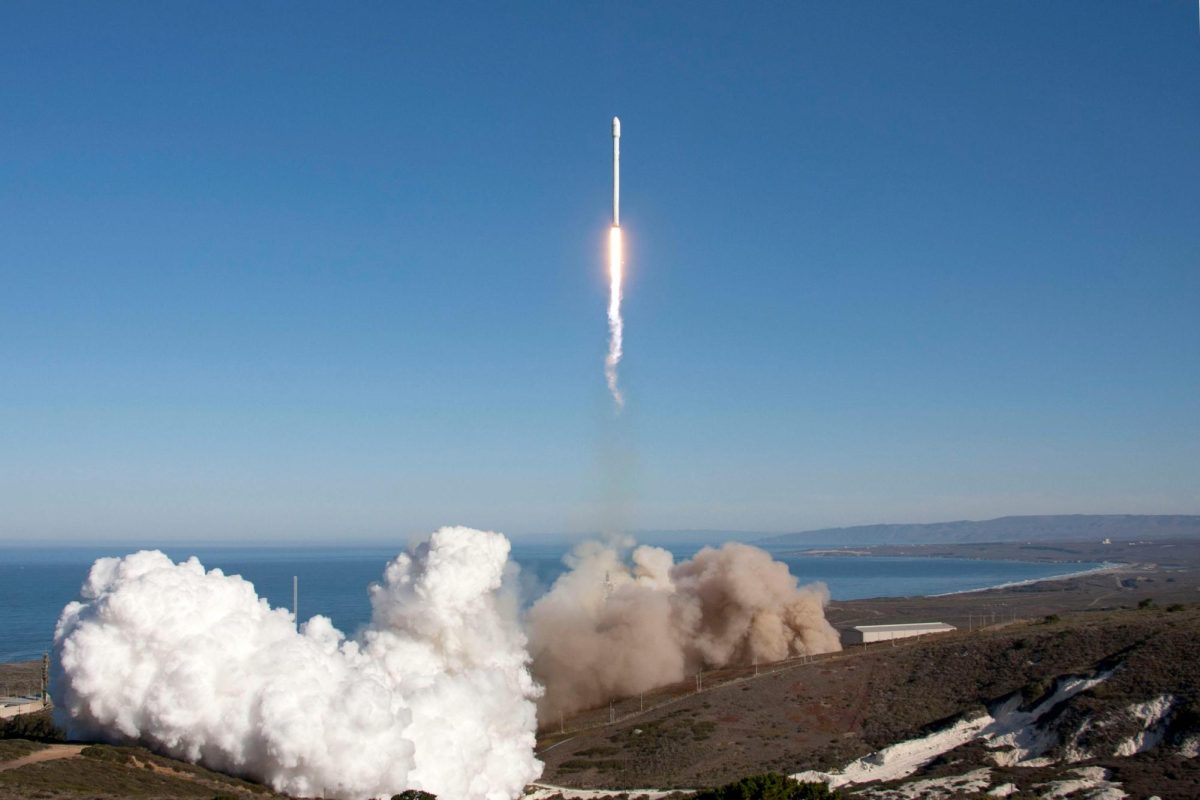

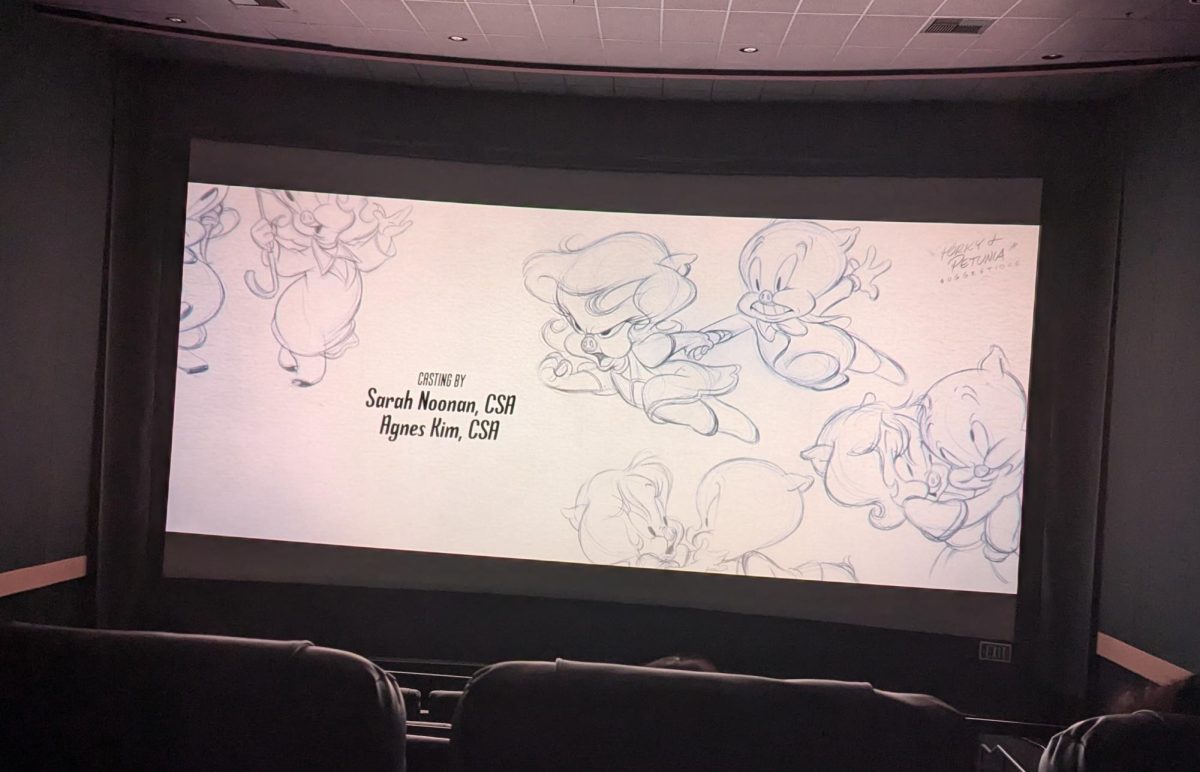
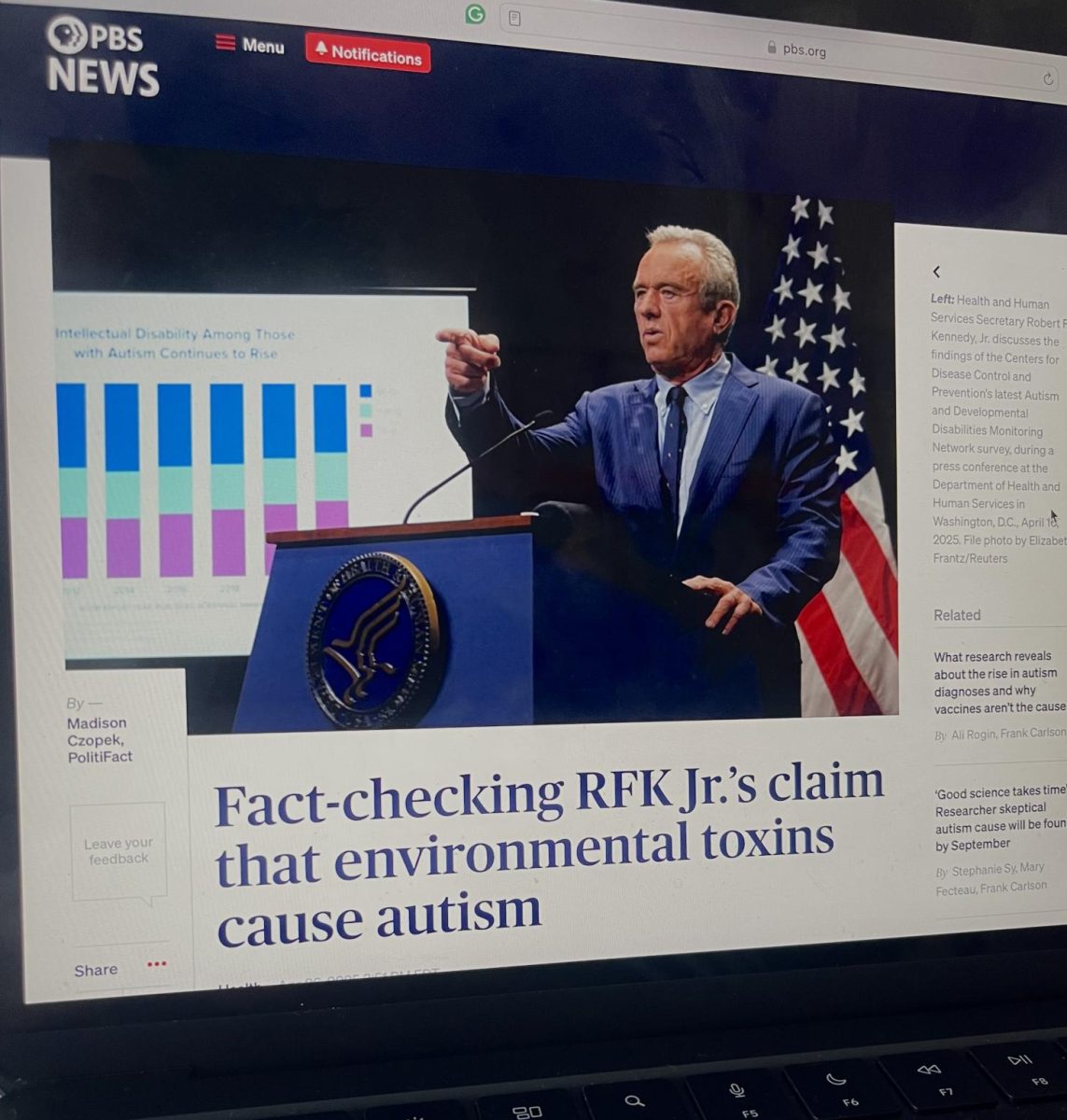



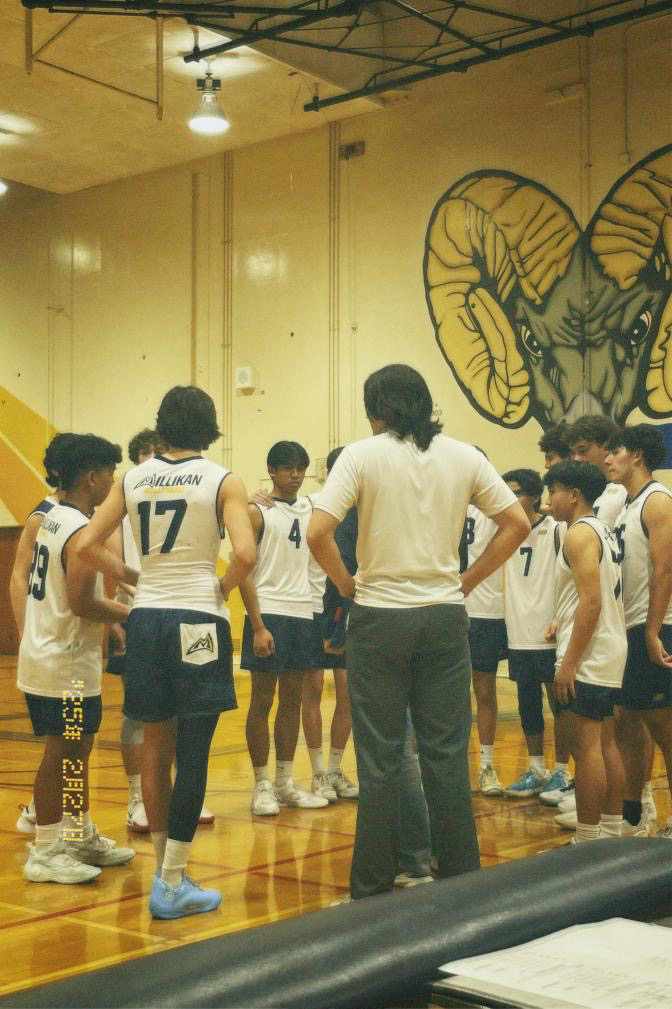





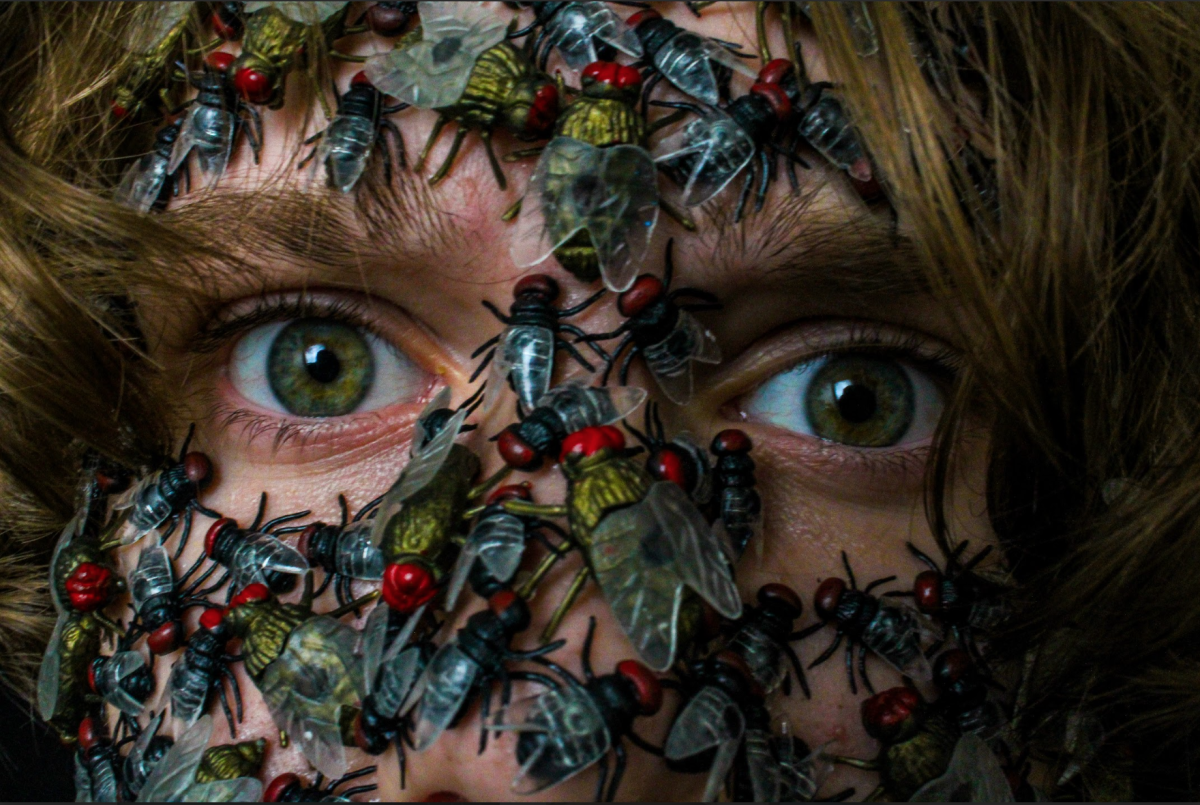



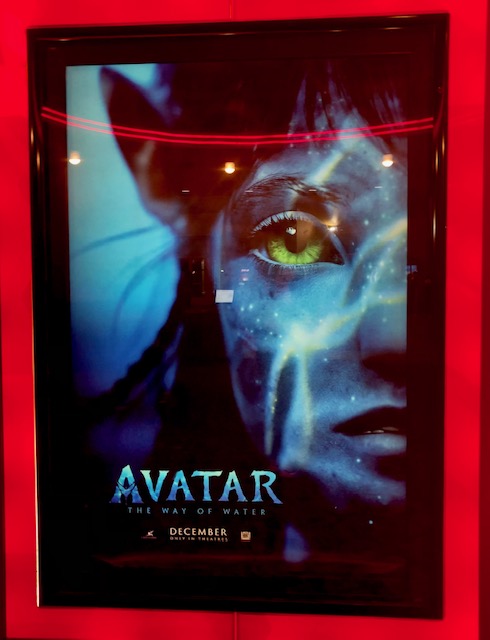







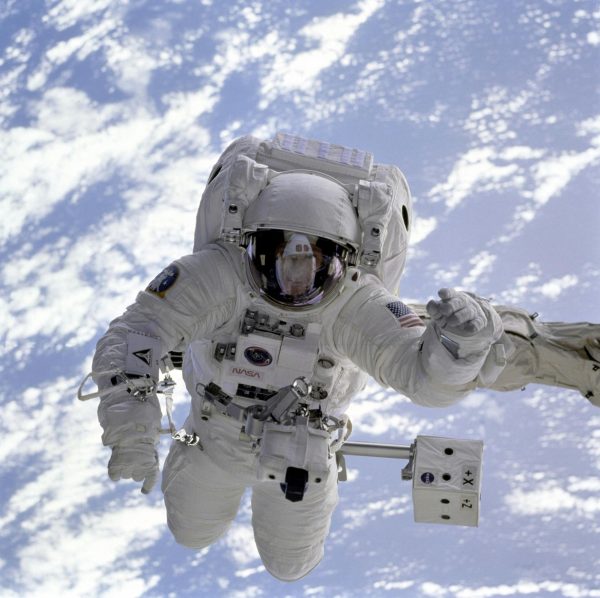
Kaylee Monrroy • Mar 1, 2023 at 2:01 pm
On February 17, Kassie Sainz wrote an article entitled “ The Return To Pandora.” She wrote about how James Cameron recently came out with a sequel to his first movie “Avatar” which is “Avatar 2: The Way Of The Water ”. She talks about how many people were excited for this movie and most of them were very pleased when it was released. This movie was extremely successful and is now ranked top 4 in the world’s highest earning films. Kassie also talks about how she was enamored with the Na’vi culture and creatures in Pandora. She gives a brief summary about the plot and storyline of this sequel and then writes about how Mr Trinidad, PEACE’S AP Literature and Composition teacher, appreciated the symbolism in the movie such as “the idea of protecting the environment and going against science that is detrimental to it.” Kassie also says how she believes that the sequel’s plot was practically a copy and paste of the first movie’s plot. I agree with her because they were very similar, however I still believe that this movie was amazing. I was especially impressed when I found out the types of things that the actors had to do, such as diving training and having to be able to hold their breath for at least 3 minutes. Kassie wrote this article very well, so great job!
Matthew Temple • Mar 1, 2023 at 1:55 pm
On February 17, Kassie Sainz wrote an article titled “The Return to Pandora”. The article talks about the sequel to the 2009 Avatar movie, Avatar: Way of Water. It was released in Dec. 2022, and is now the fourth highest-earning film. I recently watched this movie a few months ago, and I had mixed feelings about it. Part of me feels like it definitely deserves to be one of the highest earning movies, because you can tell how much money they put into it with all of the details in every single scene. The makeup, the characters’ outfits, the backgrounds and scenery throughout the movie is definitely what made it so good. However, in agreement with the author, I think the second movie seems very repetitive and similar to the first one. In the beginning of the movie, I thought it was going to pick up where the first movie left off, but then the entire movie sidetracked to the other island people. I still wonder what happened to their actual home that was getting destroyed? They never really mentioned it for the rest of the movie. I learned from this article that they are also planning on making a third, fourth, and fifth movie, though I’m skeptical on how they will turn out, considering most movies after the original gradually get worse. Thank you for sharing this article.
Monique Thomas • Mar 1, 2023 at 11:50 am
On February 28th, the editor, Kassie Sainz wrote the article “The Return to Pandora”. This article discussed the new movie,“Avatar: The Way of Water.” This was the sequel of the first movie in 2009, called “Avatar”. I remember watching this movie as a kid because it was the only film downloaded on my ipad and me and my brother loved the movie. So, when I saw the trailer for the new movie, I was very excited to see it. I think then sequel was just as great as the first one. It definitely deserved to be the top grossing films of all time. The acting was amazing in the film and showed a lot of emotion, especially when the mother was grieving over her son’s death. Also I absolutely loved the graphics and visuals in the film. Also I liked that they changed locations in the movie from the forest, to the islands. You can tell that they put a lot of time, hard work, and dedication into this film and it all paid off. I think it was definitely worth the wait and it was a very well done movie. Thank you for sharing this article.
Sabrina Lopez • Mar 1, 2023 at 11:40 am
On February 17, Kassie Sainz wrote an article titled, “The Return to Pandora.” I found it interesting how they talked about both the actual movie and the impact of it as well. I enjoyed this movie and I think the technology used for this movie was remarkable. I really like how the author talked about the impact of the movie. I agree that this movie will have a big effect on the future of protection of the environment. The movie does a good job of showing how important our environment is. I also agree with the part where the author said the plot was copy and pasted from the first movie. While the visuals were great, the plot was very much similar. I find this funny because when you read all the news articles that praised the movie, they were only talking about the visuals and James Cameron’s brilliant mind. Personally though, I only watched the movie for the cool visuals, the plot was not what drew me in. I also think it is crazy, how you mentioned the timeline for the next upcoming movies. They basically have the next 6 years planned out around these Avatar movies! I really enjoyed how the author critiqued the movie and said that there were flaws in it. This was a great article!
Jewel Kennedy • Feb 28, 2023 at 1:37 pm
On February 17, Kassie Sainz wrote an article titled “The Return to Pandora.” It opens up with factual information about the success of “Avatar 2: The Way of Water.” The facts support that the film was a hit given its worldwide ranking. The article takes it a step further by giving a synopsis of the movie and reasons for why it is so appealing. As someone who watched the film in the theater, I agree with the points that were made. For instance, the film showcased how James Cameron does an amazing job at worldbuilding. Themes, like spirituality with nature and the importance of family were not only appealing. Those themes were a safe choice and the film was similar to the first movie in that aspect. As an audience member, it was easy to enjoy those themes and many different people could appreciate them. Furthermore, it would be hard not to agree with the article in that the visuals of the second film were out of this world. I could hardly take my eyes off the screen because I was so captivated by the visuals. The movie definitely left viewers in awe of how far technology has come. It makes people excited about how far technology can bring movies in the future.
Zack Eastman • Feb 28, 2023 at 10:41 am
On February 28th, Kassie Sainz wrote an article titled “The Return to Pandora”. The article discusses the long awaited sequel to “Avatar” in 2009 that just came out this past year, and deep dives into James Cameron’s stylistic choices on the film. Upon watching this movie, I hold the opinion that this sequel is as great as the first and deserving of its spot in the top grossing films of all time. I was personally drawn to how even though the movie has the same plot points in the same format, it manages to stay distinctly different then the first. The world building with water was the best directional choice the story could have gone to, giving an even more beautiful look into the world of Pandora we all desire. I also appreciate Mr. Trinidad’s statement on Cameron changing up the scene of the movie. It is a bold move to create a sequel to film 12 years after the first, yet his risks paid off through the hard work and dedication put into this film. I definitely believe “Avatar: The Way of Water” is one of the greatest films we saw last year, and can not wait for the third installment. Thank you for sharing this article.